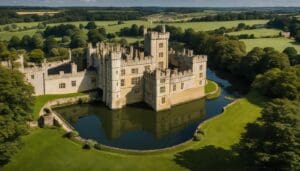Royal Courts of Justice – London Attractions
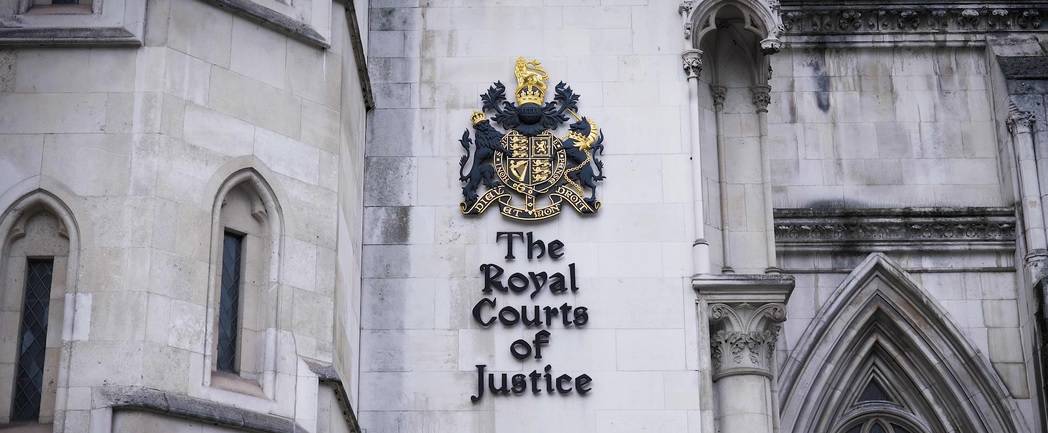
Updated On: April 06, 2024 by Ciaran Connolly
Let’s go through one of London’s beautiful places and buildings that travellers should consider visiting while in the city. The building which we are referring to is the Royal Courts of Justice.
London is not just about famous places and attractions that are usually placed at the top of the list, like Big Ben, but also about other areas that are not as well known or considered to be places to visit.
Table of Contents
History of The Royal Courts of Justice
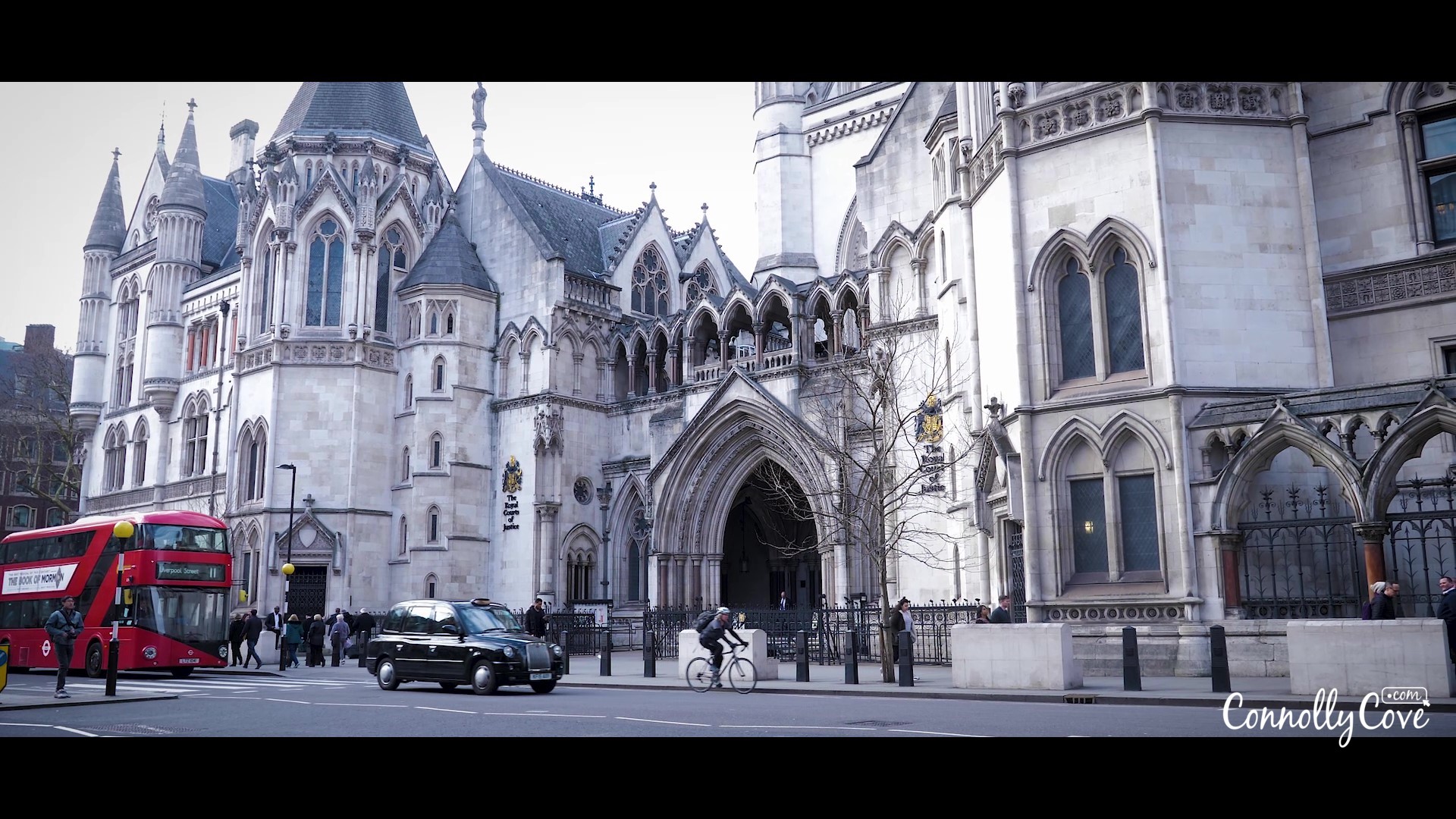
The Royal Courts of Justice in London, also known as the Law Courts, is a large, grey stone tower built in a Victorian Gothic style in the 1870s. Queen Victoria officially opened it in 1882. George Edmund Street designed it, but he died before its completion.
The Royal Courts of Justice in London is a court building that houses the High Court and Courts of Appeal of England and Wales. It’s one of the largest courts in all of Europe. The Law Courts are located on the Strand within the City of Westminster, near the border of the City of London. The Royal Courts of Justice is surrounded by other buildings that might be known, such as the four Inns of Court, St. Clement Danes church, King’s College and the London School of Economics.
Why You Should Visit This Beautiful Building
Some visitors to London might ask one question about visiting the Royal Courts of Justice: Why would they go there? Well, it’s an excellent place for people to check out for its beautiful architecture. It is also deeply rooted in history that is worth exploring. You could also attend some of the cases in court if you find them interesting. Many cases are open to the public.
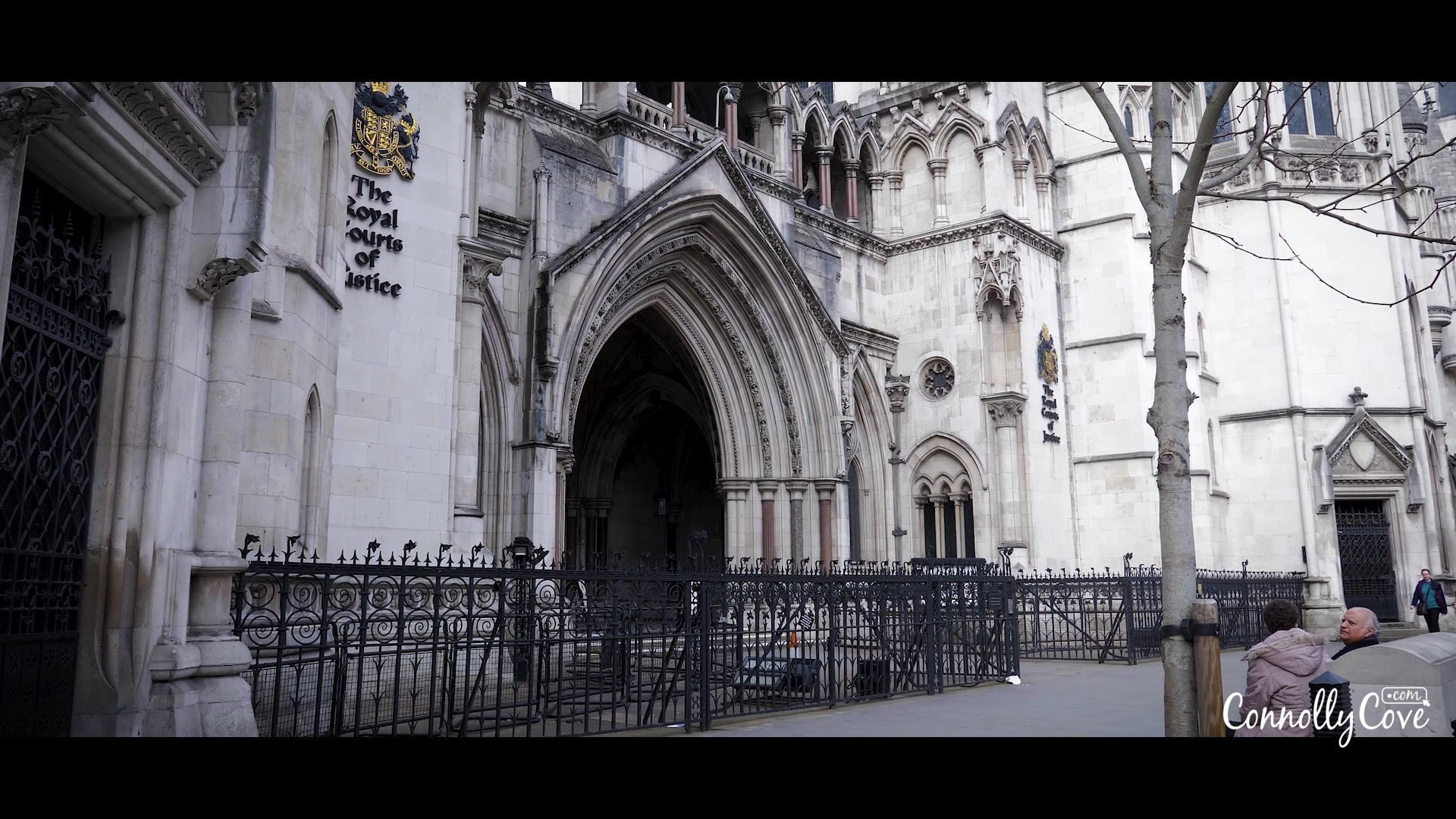
Some extensions to this building, such as the West Green building, were created to include extra divorce courts. It was the first to have air conditioning and tape recording in its original design. Other extensions, such as the Queen’s building, provided 12 other courts to use. Then, the 11-storey Thomas Moore building was added and built to house the bankruptcy and company courts with associated offices. There is a long history Surrounding the Courts of Justice, and visitors to London might feel excited to see and hear about its stories.
Building Design
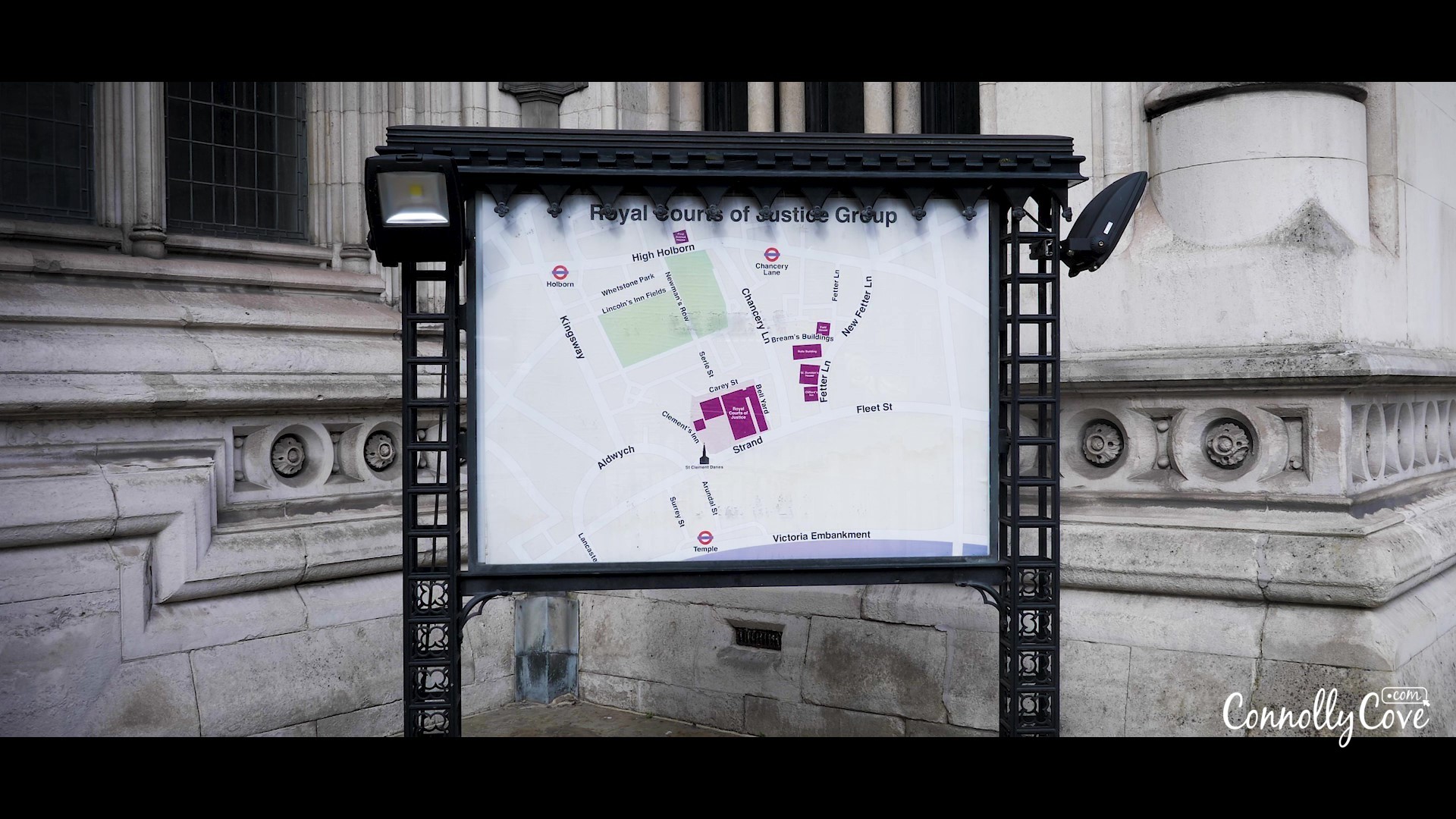
George Edmund Street designed this beautiful building after winning a competition. Due to the country’s circumstances at the time, he died before completing the building. At this point, Edwin Wilkins Field completed much of the preparatory legal work, including promoting the Courts of Justice Building Act of 1865 and the Courts of Justice Concentration Act of 1865.
Legal Significance
As the primary venue for civil cases in England and Wales, the Royal Courts of Justice plays a pivotal role in the country’s legal system. Its walls have witnessed high-profile cases, landmark judgments, and critical legal proceedings, shaping British law and jurisprudence.
The RCJ houses the High Court of Justice, which hears cases of significant legal importance and complexity. It is divided into three divisions: the Queen’s Bench Division, the Chancery Division, and the Family Division. The Court of Appeal of England and Wales also sits at the RCJ to hear appeals from lower courts and tribunals.
Visitors to the RCJ can witness legal proceedings firsthand, providing insight into the workings of the British judicial system. Public galleries allow spectators to observe trials and hearings, offering a glimpse into the administration of justice in the United Kingdom.
Exploring the Interior
Stepping inside the Royal Courts of Justice is like stepping back in time. The interior of the building is equally impressive, with grand halls, elaborate staircases, and ornate furnishings. The Great Hall, with its high ceilings and stained glass windows, is particularly awe-inspiring, evoking a sense of solemnity and reverence.
Visitors to the Royal Courts of Justice can explore the various courtrooms and chambers, each with its unique architectural features and decorative elements. From the intricately carved woodwork to the elaborate plaster ceilings, every detail reflects the building’s rich history and importance.
One of the highlights of a visit to the Royal Courts of Justice is the chance to observe a court session in progress. Visitors can witness the legal process in action and gain insight into the workings of the British judicial system. However, it’s essential to check the court’s schedule in advance, as access to certain courtrooms may be restricted during ongoing proceedings.
Special Events and Exhibitions
In addition to its daily operations, the Royal Courts of Justice also plays host to a variety of special events and exhibitions throughout the year. From lectures and panel discussions to art installations and historical displays, there is always something new and exciting to discover at the RCJ.
One particularly popular event is the annual Open House London weekend, during which the RCJ opens its doors to the public and offers guided tours, talks, and demonstrations free of charge. This unique opportunity allows visitors to gain unprecedented access to areas of the building that are normally off-limits, making it a must-see for architecture enthusiasts and history buffs alike.
Other London Attractions
London is an old city, and we all know the treasures one could encounter while walking down its streets. There are lots of old buildings built in the English style that would attract people. Just take photos next to them and later see this beauty in the pictures.
In addition to these buildings, there are some other tourist attractions in London that people always visit because they define what London is. For example, the London Eye will give you a perfect city view. Buckingham Palace is where the Royal Family spends time. At Buckingham Palace, you might even witness the change of the Guards. There are also places like Tower Bridge and the Tower of London that stand back from the old history of this beautiful city.
London has many attractions and a rich history. But there are also other destinations that might be considered a little bit newer and not related much to history. For example, there are different parks in the city, such as Hyde Park.
Here, you can free your mind from the chaos of the city. There is Chinatown for those who want to experience Chinese culture. There is also the Camden Town Market, which is a popular spot great for shopping. Another place worth visiting is Shrek’s Adventure Shop.
Preserving Legal Heritage
For those eager to delve deeper into the history of the British legal system, a visit to the Royal Courts of Justice Museum is a must. Housed within the confines of the RCJ, the museum offers a comprehensive overview of the judiciary’s evolution, from its medieval origins to the modern-day.
Visitors can explore a treasure trove of artifacts, including historic legal documents, judicial robes, and even a collection of infamous murder weapons used in landmark trials. Interactive exhibits bring to life pivotal moments in legal history, allowing visitors to immerse themselves in the drama and intrigue of past trials and verdicts.
Visitor Experience
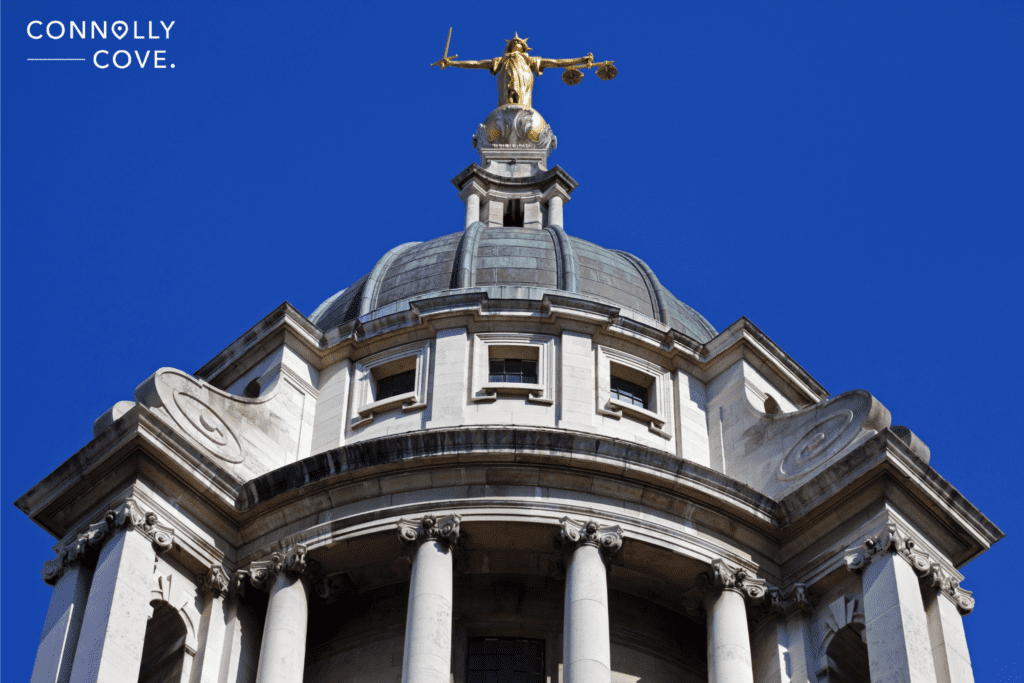
A visit to the Royal Courts of Justice offers a unique and enlightening experience for tourists and history enthusiasts alike. Guided tours allow visitors to explore the building’s rich history, architectural splendour, and legal significance.
During guided tours, visitors can marvel at the intricate details of the building’s design, learn about its construction and architectural features, and gain insight into the judiciary’s role in British society. Knowledgeable guides provide fascinating anecdotes and historical context, bringing the RCJ’s storied past to life.
Highlights of the tour include the Great Hall, with its impressive hammer beam roof and elaborate decorations, as well as the various courtrooms and chambers where legal proceedings take place. Visitors may also have the chance to see notable features such as the Royal Coat of Arms and the statue of Lady Justice, symbolizing the impartiality and fairness of the legal system.
In addition to guided tours, the RCJ hosts special events, lectures, and exhibitions throughout the year, providing further opportunities for engagement and education. These events offer insights into specific law, history, and culture aspects, making the RCJ a dynamic hub of intellectual activity and learning.
Conclusion
The Royal Courts of Justice is a proud symbol of Britain’s legal heritage and architectural prowess. From their stunning Gothic Revival architecture to their pivotal role in the administration of justice, the courts continue to captivate visitors and uphold the principles of fairness and impartiality that lie at the heart of the British legal system. A visit to the Royal Courts of Justice offers a fascinating glimpse into the inner workings of the law. It provides a unique opportunity to explore one of London’s most iconic landmarks.
Have you ever visited the Royal Courts of Justice in London? Or are you planning a trip? We would love to hear all about it 🙂



